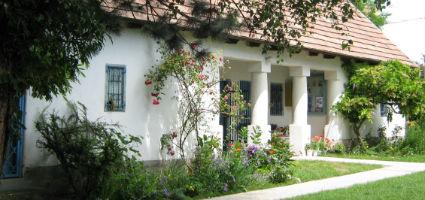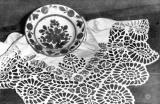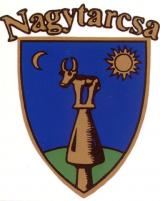2025. December 1. Monday
Village Museum, Nagytarcsa - Nagytarcsa
 |
Address: 2142, Nagytarcsa Múzeumkert u. 21.
Phone number: (70) 379-8262
Opening hours: Tue-Wed 10-16, Thu-Fri 10-14
|
The peasant house built in the style of the great Hungarian plains was a part of the Tessedik Sámuel popular high school established in 1938. This institute was meant for the further education of the peasants. Besides maths, literature, geography and history, subjects like falk music (Bartók, Kodály), ethnography and popular arts were also taught. Because of the second World War the popular high school ceased to function.


